The exhibition "Dacia. The ultimate frontier of the Roman world", which builds on the concept materialized in the project "Archaeological treasures from Romania. Dacian and Roman roots" mounted in 2021 at the prestigious National Archeological Museum in Madrid, will open on Thursday at the National Museum of Romanian History (MNIR).
The opening ceremony starts at 5:00 p.m. and will see the attendance of advisor with the Presidential Administration's Department for Culture, Denominations and National Minorities Sergiu Nistor, Minister of Culture Lucian Romascanu, MNIR general director Ernest Oberlander- Tarnoveanu, PhD, representatives of partner institutions, general director of the National Archeological Museum in Madrid Andres Carretero Perez, general director of the National Roman Museum in Rome Stephane Verger, and architect Carlos Barrot - the designer of the exhibition.
"This is not a simple exhibition about the Geto-Dacians and their world or just about the early history of this corner of the world, it is also about the dawn of European culture and civilization, about uniqueness, as well as about the fusion of civilizations, about the local aspect, about a much more interconnected world than we imagine today. Last but not least, this is the largest synthetic exhibition in 25 years dedicated to the civilization of the Geto-Dacians, the Roman civilization, as well as to the first migrations to this space, organized through the effort of 45 museum institutions from Romania and the Republic of Moldova, under the coordination of the National Museum of Romanian History, under the auspices of the Ministry of Culture," MNIR said in a release.
The exhibition mounted with the support of the recently established "Friends of the Museum of Romanian History" Foundation is structured chronologically on six generic themes:
* The final stage of the first Iron Age and the connections of the locals to the Scythian world - with ceramic items, weapons and ornaments specific to the late Hallstatt cultures on display;
* Terra Dacorum - dedicated to the ancient civilizations that developed on the territory of today's Romania during the second Iron Age - La Tčne. The civilization developed by the Geto-Dacians in the space delimited by the western shore of the Black Sea, the Carpathian basin and the Danube river holds the central place;
* Pax Romanae aims to offer the visitor a synthetic image of the Roman way of life in the provinces of Dacia and Moesia Inferior, emphasizing the particular aspects specific to this area;
* At the Gates of the Empire is dedicated to the communities in the area previously inhabited by the Geto-Dacians, the transformations they underwent in the context of the new realities arising from the presence of the Empire and the coexistence of the free Dacians with the Germanic and Sarmatian tribes settled here in the first three centuries of the Christian era;
* Building Terra Christianae covers the period of the 4th - 7th centuries AD, characterized by three decisive historical milestones for this space: the withdrawal of the Roman army and administration from the Province of Dacia, the penetration of Christianity and the great migrations;
* "The Barbarians" and "The Empire - the transformation of the Roman world - daily life and conflict - browsing the writings of late antiquity about Dacia" defines the perception of the Danube as a political and symbolic frontier, one of the main landmarks of the political initiatives of the Empire or of some populations in migration. Also, during the 4th - 7th centuries, the area north of the Lower Danube was a place of continuity of the provincial Roman civilization and of cultural synthesis of its heritage with the cultures of various Germanic, Iranian, Slavic or Central Asian migrant populations.
The exhibition will be open until March 2023. AGERPRES

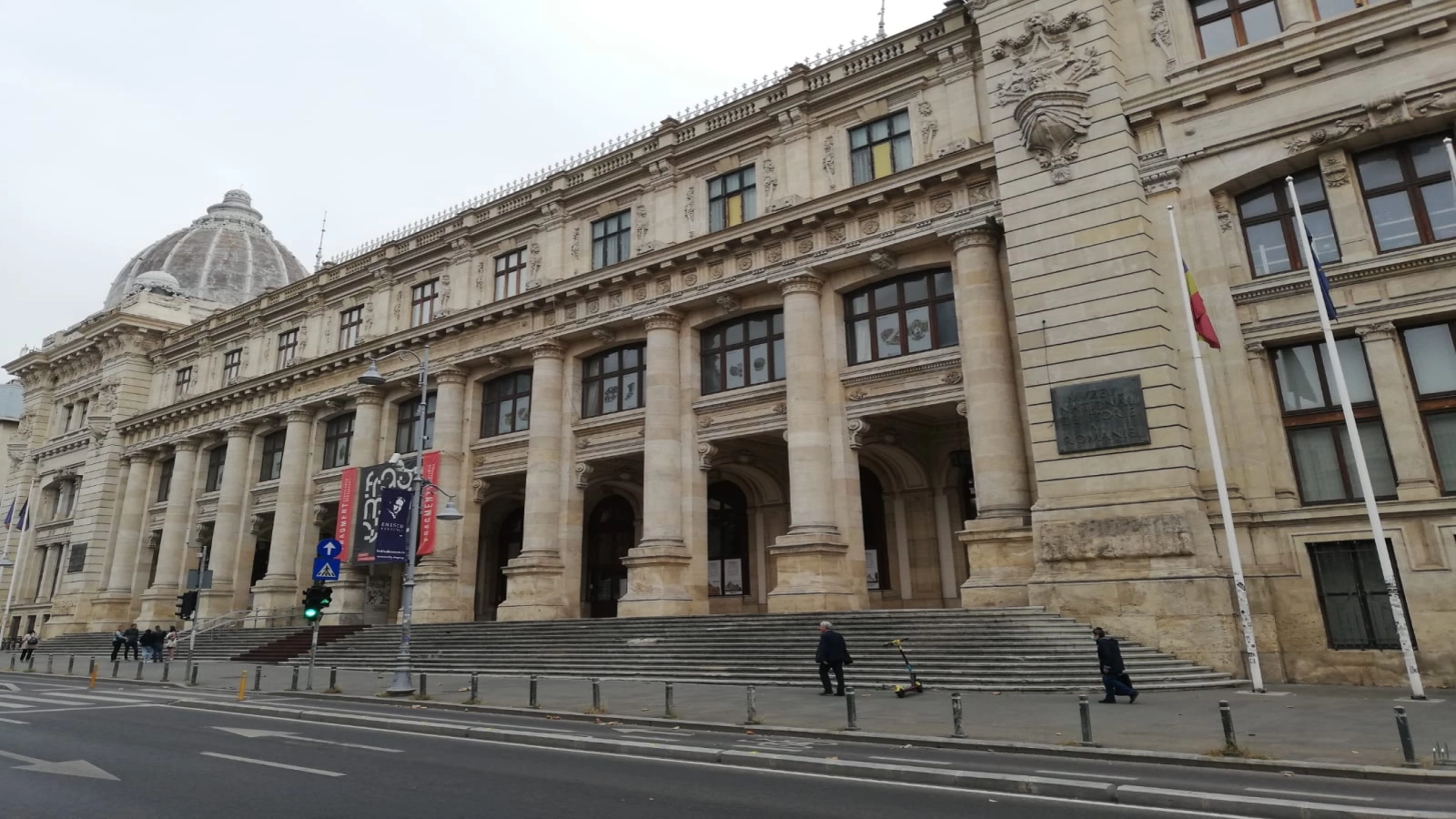





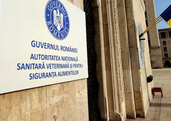

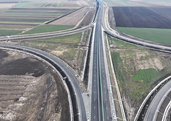
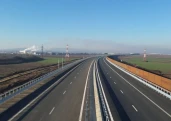









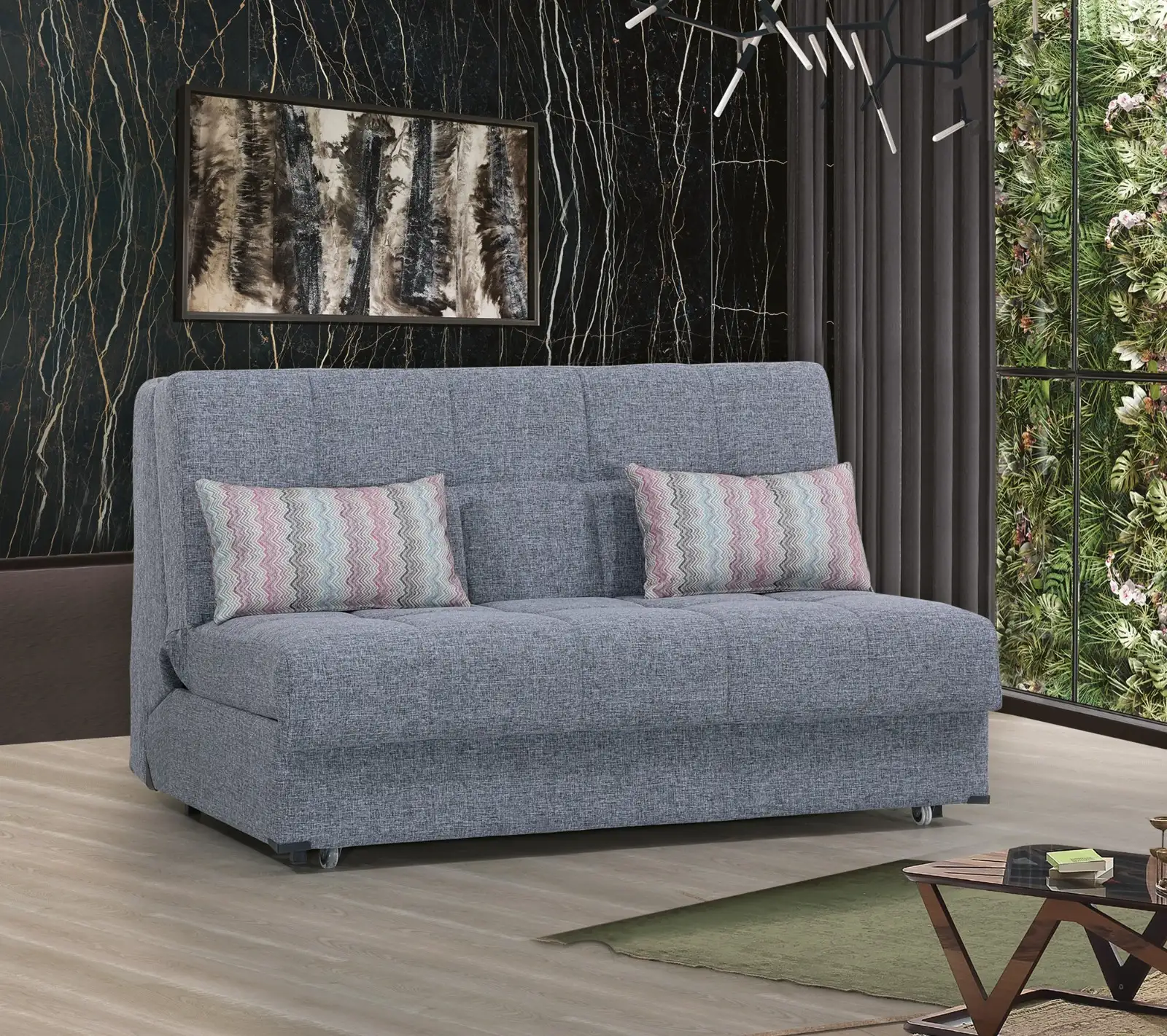

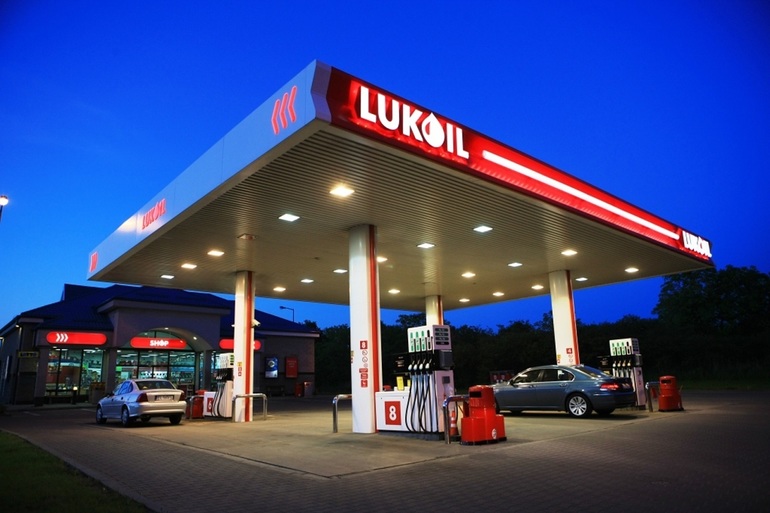









Comentează